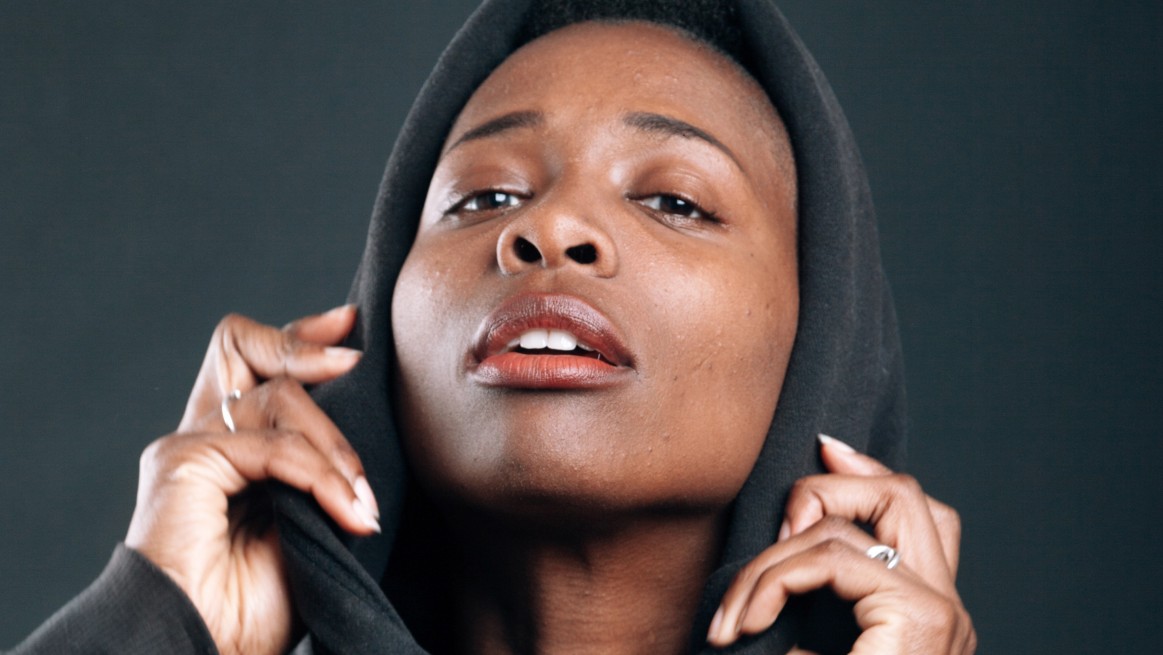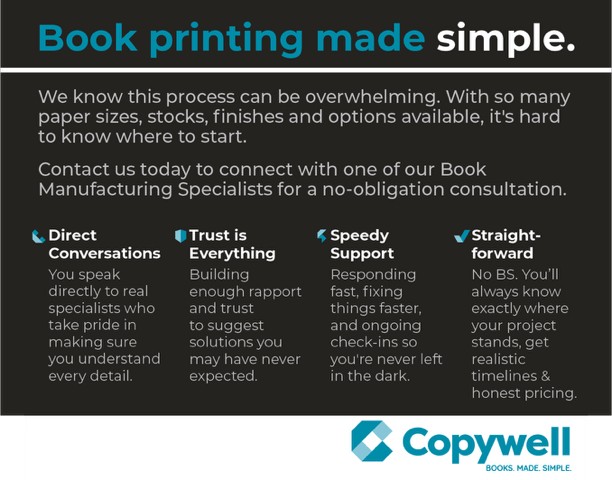The Surgical Evolution of a Poem
By Chelene Knight
Last spring one of my students confessed that she wasn’t sure what she was writing was real poetry because she didn’t know a lot about technique and form, and she was concerned that her poetic toolbox was devoid of any tangible knowledge or poetic prerequisites. As someone who prefers informal creative writing collaborations over the academic-style workshops, I didn’t think I had the technical down either, nor did it bother me. But when I first started writing poetry (yeah, I’m talking about that young, ten-year-old girl working on her rhyme schemes while counting syllables on her fingers) I knew that I had an ear for pin-pointing what worked and what didn’t work. I loved (and still love) searching for those slight breaks in rhythm, the ones that force you to stop, breathe, ask questions. These are the real mechanics—and to revise, is knowing when and where to place that scalpel.
Poets are surgeons. Every word matters. Every dash, period, enjambment, drift, double meaning, breath—they all play a role. Where do you cut? Where do you make that initial incision? What happens if you cut too deep or in the wrong place? What tools will you need to stitch things back up? How do you even start a poem? How do you know when it is finished? What is the work of the poet?
I wish I had some sort of mind-blowing answer to these commonly-asked questions from new poets, but the truth of the matter is that for me, a poem starts from a fragment, a sound, a tingle, and then expands into an ugly mess. From this mess comes an opportunity to sculpt. I can now pick and choose what stays and what goes. I can form my pile into something manageable. Once I have a piece of clay the size of my palm, I have something to work with. I own the outcome.
There are so many books of poetry that taught me what to look for and what to listen to. Anyone who knows me knows how deeply connected I am to Patricia Smith’s Blood Dazzler, Dionne Brand’s Thirsty, and Aisha Sasha John’s The Shining Material. But what can really be taught and what parts of writing, reading, and dissecting poetry is based purely on gut instinct?
I still consider myself to be an emerging writer. I am always learning. I’ll often be asked questions about writing (poetry in particular) that stop me in my tracks because I don’t have concrete answers. But the incredibly exciting part about not knowing is that I am then gifted an opportunity to dive head first into conversations focused purely on building answers.
A few years ago I remember participating in a poetry workshop where we were asked to compare two published poems: One was categorized as “not very good” and the other poem was categorized as “amazing” but we were not told which was which. We had to—via conversation—sort out what we thought made a poem sing, and what we thought held it down. It was from these very conversations that I learned to place a magnifying glass across the page. What did I miss? What could I miss if I didn’t look look or listen close enough? There were five of us emerging poets in the group. At first, we all sat in silence, tapping our pencils on the page, not wanting to be the first one to speak. After about three minutes of this, someone chimed in about the clichés one of the poems seemed to be riddled with. After this initial comment it was like someone opened up the food gates of critique. Discussion was born. It was through these conversations and close inspections of the page that helped me figure out that poetry is something that forces you to stop and listen. A good poem will place its hand on your shoulder, and hold you there.
Challenge for new poets: Pull a book of poetry from your to-be-read pile and look closely. Ask yourself the following questions:
- Are you attempting to decipher the poet’s intention or are you attaching yourself to the bits and pieces that call out for you?
- Are you immediately distracted by the bits of language you don’t understand? How do you get around this?
- Are you allowing yourself enough time to be fully immersed in the water?
I challenge all new poets to approach poetry with these questions. Dive deeper into your own compass and question how you navigate reading poetry and it will positively affect the way you write poetry. It’s a real thing. I promise you.
As a writer and teacher of poetry, it’s important to me that language be accessible. I want to make sure that folks who feel a pull or a connection to a string of words has the confidence to knock them down and rebuild. And it’s not a bad thing to question the structures already built (aka published poems by folks you love!) It’s fairly easy for emerging poets to assume that their toolbox is empty because they were not strategically placed in our hands. But so much of what we build comes from an initial idea and not tangible tool. These initial ideas are reinforced by open and honest discussion sparked from close examination. This is the work of the poet.
Your CanLit News
Subscribe to Open Book’s newsletter to get local book events, literary content, writing tips, and more in your inbox
The views expressed by Open Book columnists are those held by the authors and do not necessarily reflect the views of Open Book.
Chelene Knight is the author of the poetry collection Braided Skin and the memoir Dear Current Occupant, winner of the 2018 Vancouver Book Award. Her essays have appeared in multiple Canadian and American literary journals, plus the Globe and Mail and the Toronto Star. Her work is anthologized in Making Room, Love Me True, Sustenance, The Summer Book, and Black Writers Matter.
The Toronto Star called Knight, “one of the storytellers we need most right now.” In addition to her work as a writer, Knight is managing editor at Room, programming director for the Growing Room Festival, and CEO of #LearnWritingEssentials. She often gives talks about home, belonging and belief, inclusivity, and community building through authentic storytelling.
Knight is currently working on Junie, a novel set in Vancouver’s Hogan’s Alley, forthcoming in 2020.




